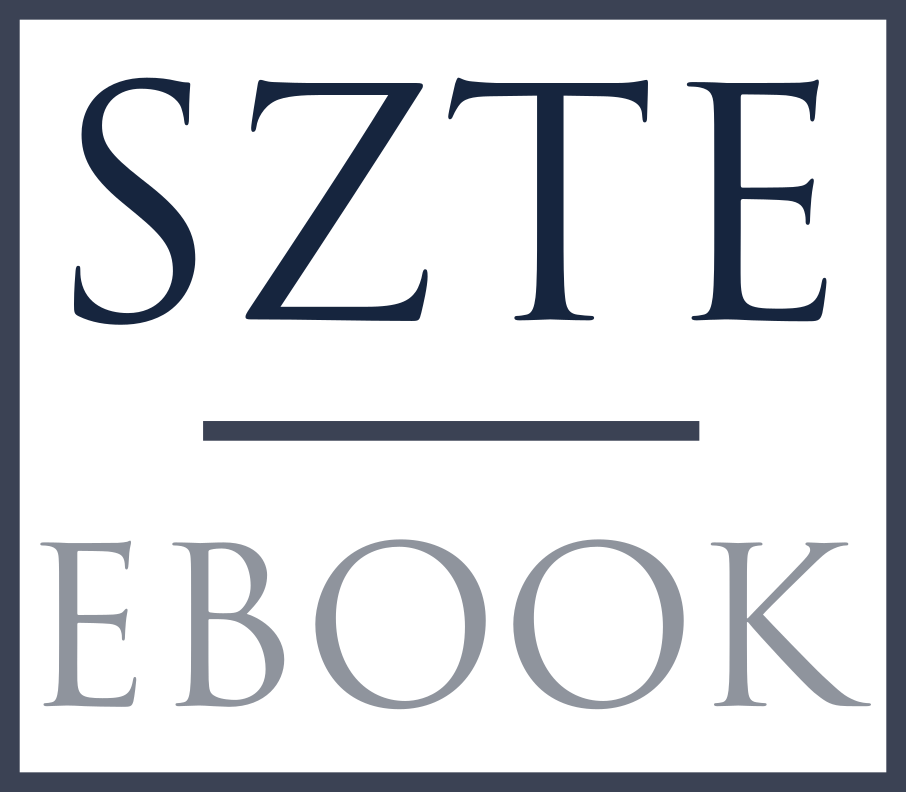Comparison of the TiVA and traditional data based on income groups in the gravity models application
Tartalom
This article continues the line of research by Fertő et al. (2022) and aims to find if there are any differences between Trade in Value-Added (TiVA) data and traditional data of international trade in the gravity model application when 66 OECD and non-OECD countries are grouped by income level. In addition, the paper also examines differences in gravity model factors between high-income vs. low- and middle-income countries in international trade. In the gravity model application, fixed effects and PPML methods are applied with a 3-year interval. According to the results, the differences between TiVA and traditional data are still minor for both income groups. Additionally, it is found that distance and language have a greater influence on the exports of low and middle-income countries, while shared borders, colonial history, and regional trade agreements are the factors that exert more impact on the exports of high-income countries.
Keywords: global value chains, trade in value-added data, gravity models, high-income countries, low-income countries, middle-income countries


